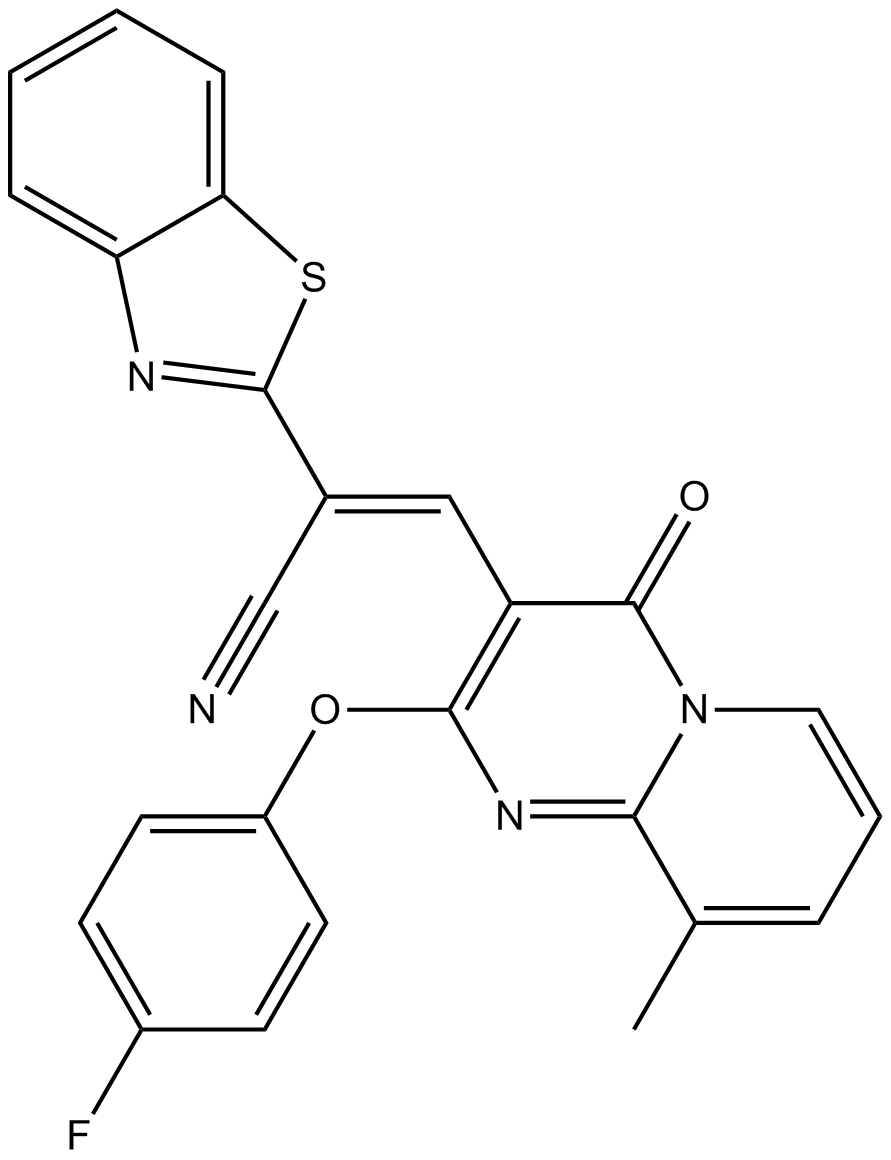RGS Protein
RGS (Regulators of G protein signaling) are protein structural domains that activate GTPases for heterotrimeric G-protein alpha-subunits. RGS proteins are multi-functional, GTPase-accelerating proteins that promote GTP hydrolysis by the alpha subunit of heterotrimeric G proteins, thereby inactivating the G protein and rapidly switching off G protein-coupled receptor signaling pathways. Upon activation by GPCRs, heterotrimeric G proteins exchange GDP for GTP, are released from the receptor, and dissociate into free, active GTP-bound alpha subunit and beta-gamma dimer, both of which activate downstream effectors. The response is terminated upon GTP hydrolysis by the alpha subunit, which can then bind the beta-gamma dimer and the receptor. RGS proteins markedly reduce the lifespan of GTP-bound alpha subunits by stabilising the G protein transition state. All RGS proteins contain an RGS-box (or RGS domain), which is required for activity. Some small RGS proteins such as RGS1 and RGS4 are little more than an RGS domain, while others also contain additional domains that confer further functionality.
Targets for RGS Protein
Products for RGS Protein
- Cat.No. Product Name Information
-
GC30875
CCG 203769
CCG 203769 is a selective G protein signaling (RGS4) inhibitor, which blocks the RGS4-Gαo protein-protein interaction in vitro with an IC50 of 17 nM.
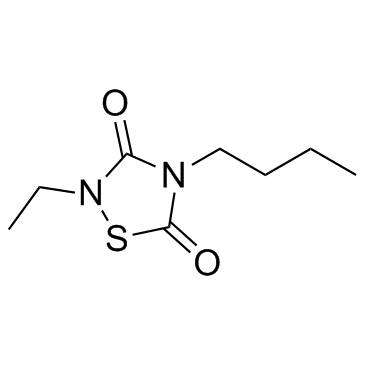
-
GC16137
CCG 2046
CCG 2046 is a RGS4 inhibitor with an IC50 of 4.3 μM against RGS4-Gαo interaction signal.
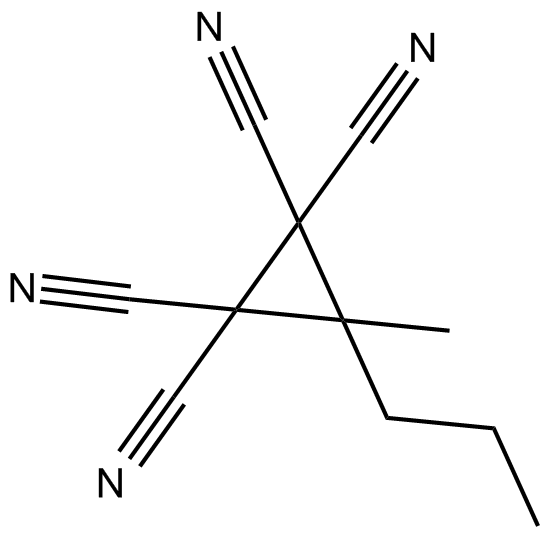
-
GC16846
CCG 50014
RGS4 Inhibitor,potent and selective
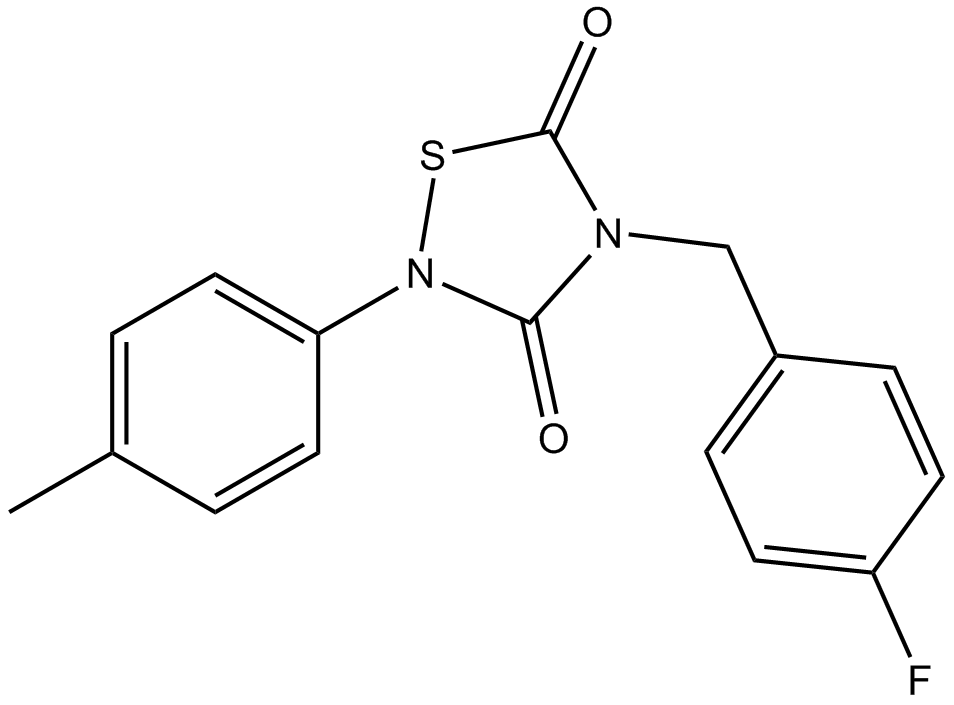
-
GC10658
CCG-63802
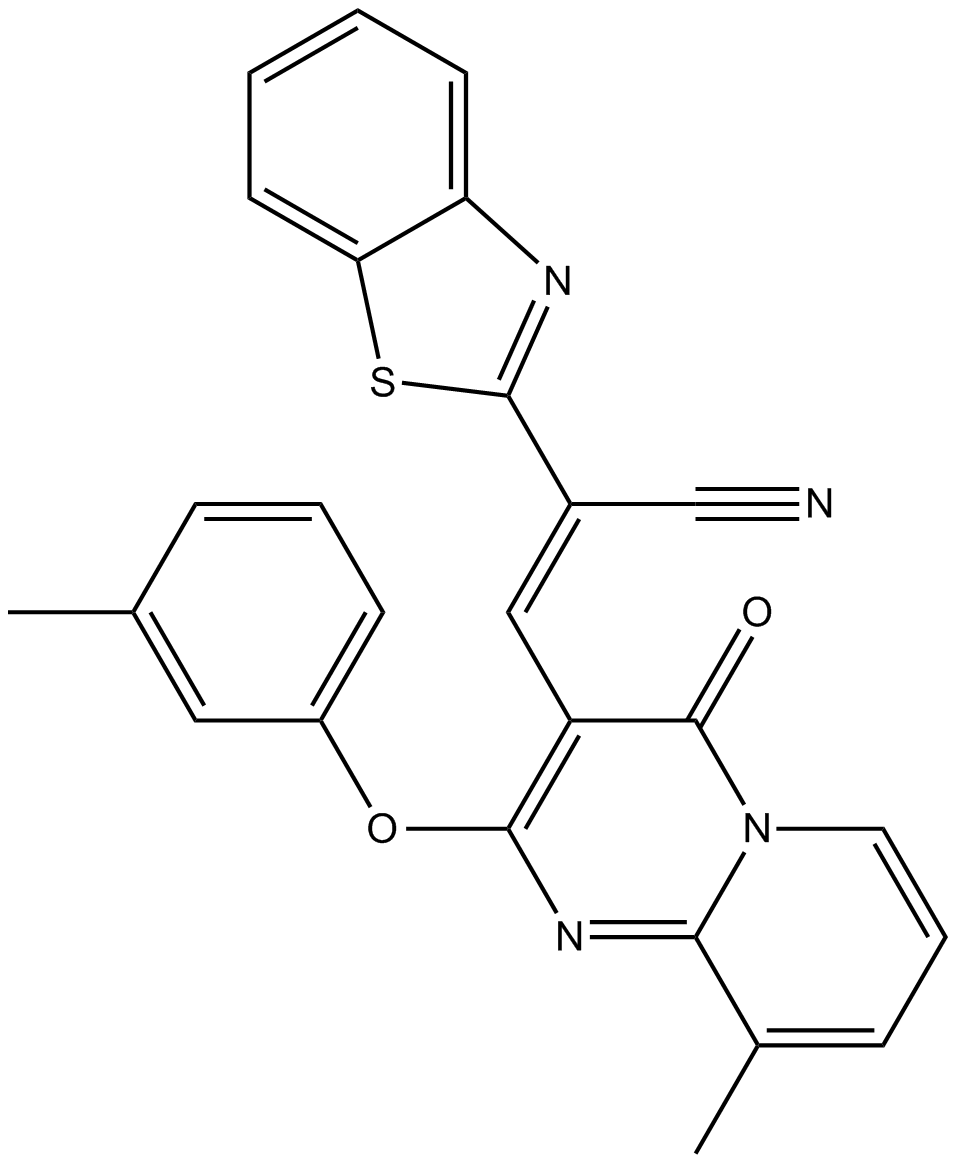
-
GC14412
CCG-63808
